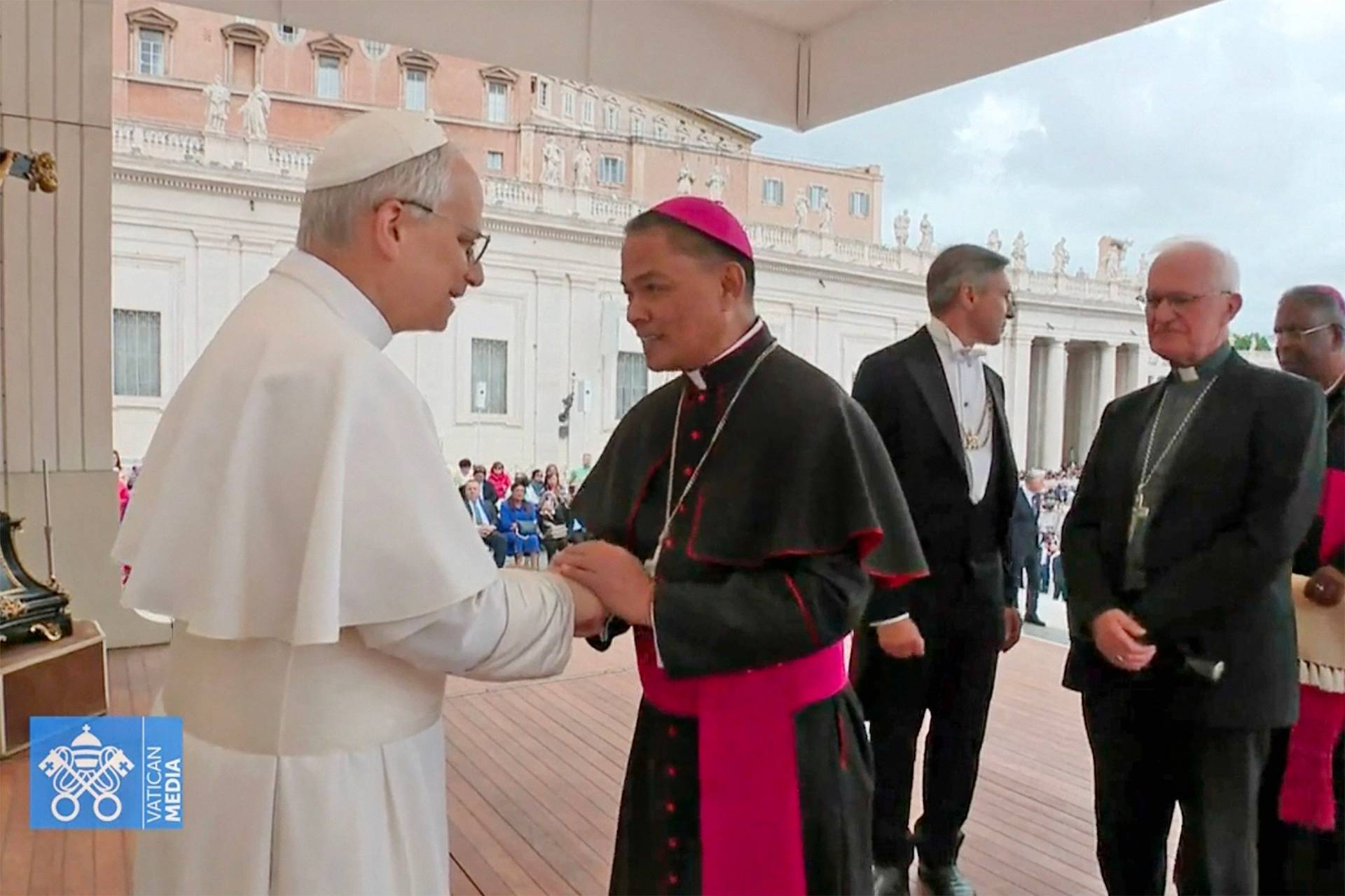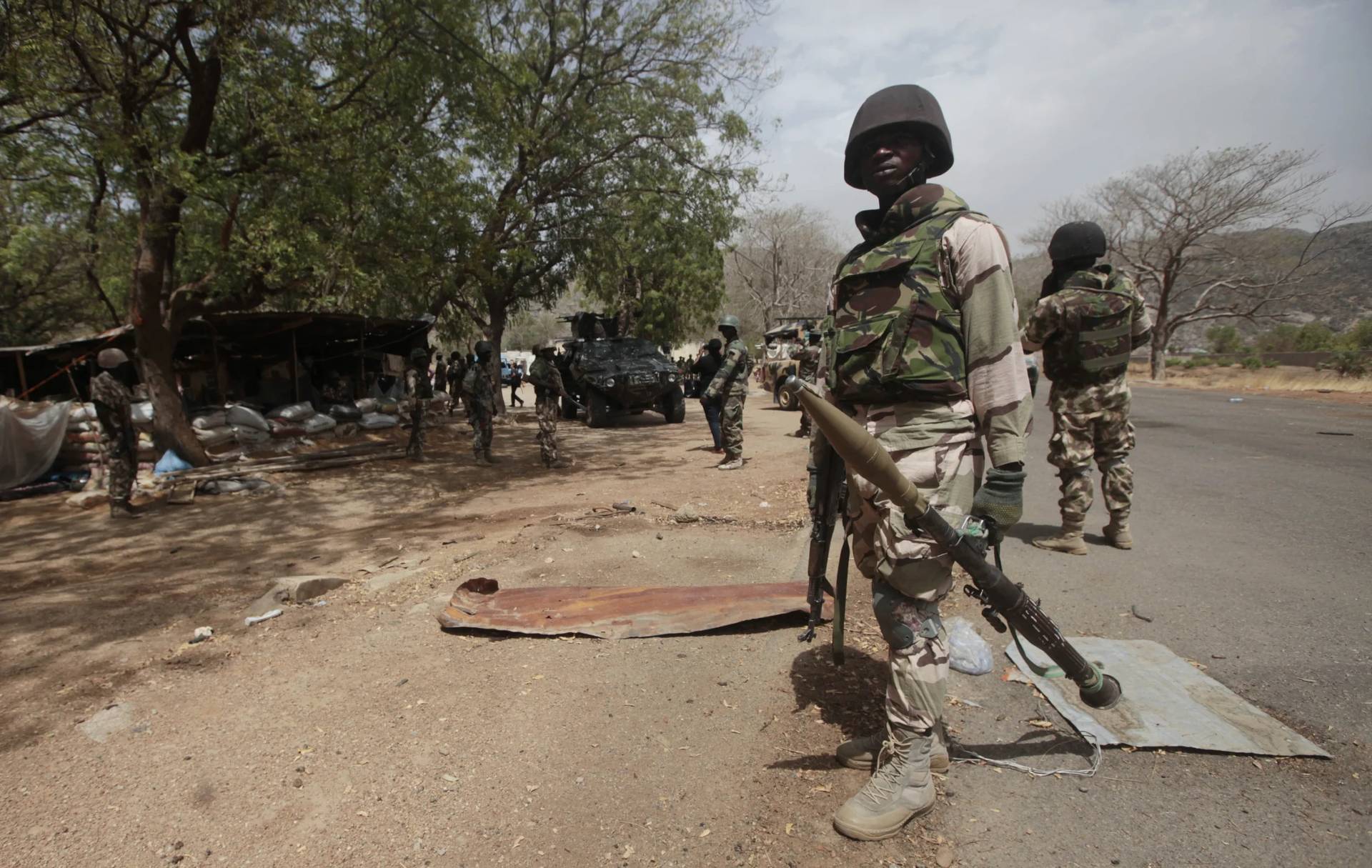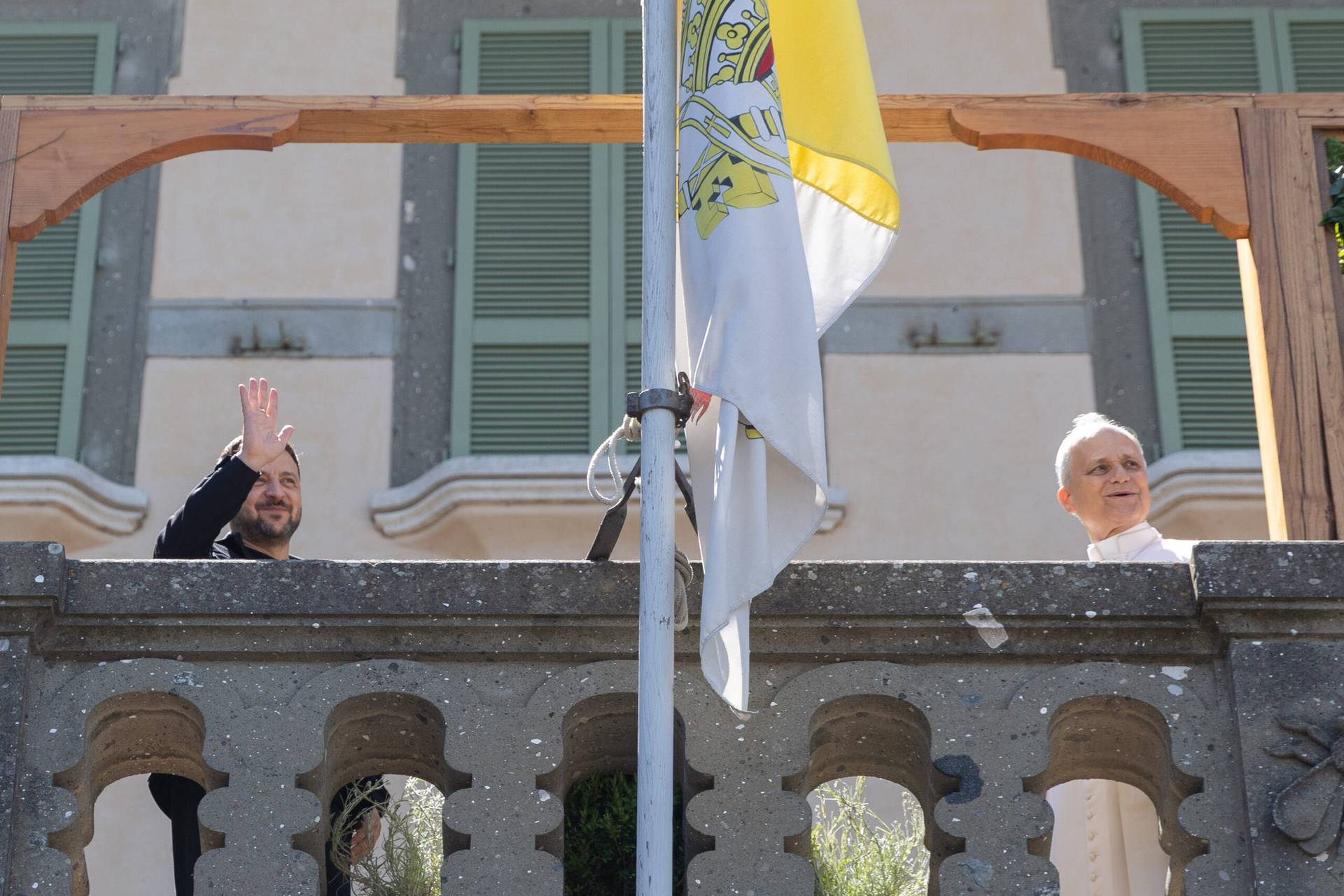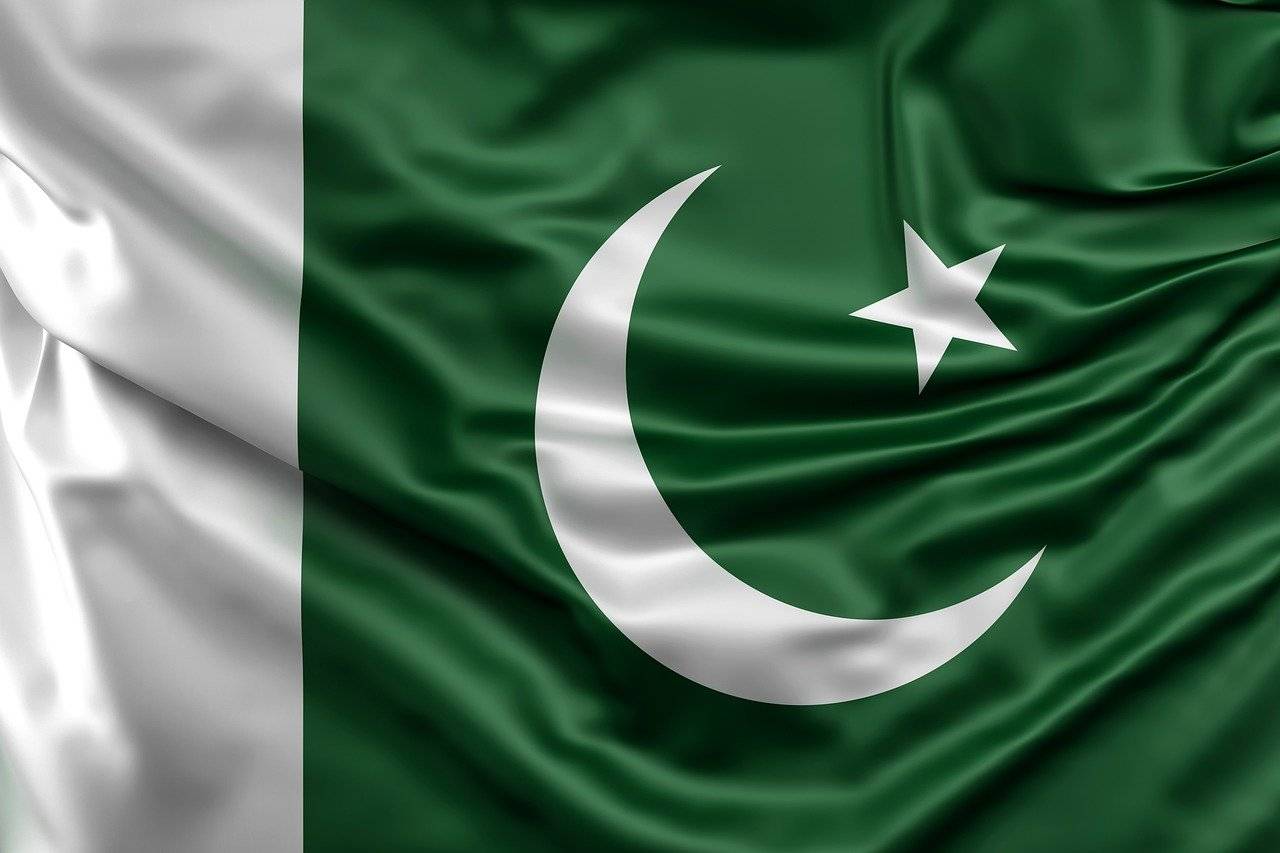MUMBAI, India – Cardinal Oswald Gracias of Bombay, the president of the Catholic Bishops Conference of India (CBCI), is working to ensure the Church’s social and health arms are prepared to help with India’s COVID-19 crisis.
On Sunday, India reported 403,738 confirmed cases, including 4,092 deaths. Overall, India has over 22 million confirmed infections and 240,000 deaths. Experts say both figures are undercounts.
Many of the deaths have been deemed preventable and resulted from a shortage of oxygen in the country’s hospitals.
“I had a meeting with Caritas India [on May 9] and we are preparing ourselves to help people, nationally, for relief in different ways – to help people of all faiths, without discrimination of caste or creed. During this week, I will be coordinating meetings and webinars with our Catholic hospitals, on various concrete ways, to step up our assistance to the people,” Gracias told Crux.
Although Christians make up less than 3 percent of India’s population, the Catholic Church has an outsized influence in the country’s health, education, and social services sectors. The Catholic Church in India operates over 1000 hospitals with over 60,000 beds.
Gracias says the Church is committed to providing healthcare to all, “especially people in the margins of the society.”
“We are also coordinating financial aid, to buy additional ventilators and increase our medical equipment to save lives of our people, which will be available for people of all faiths and creeds,” he said.
“Focusing on the rural areas, the Christian healthcare institutions have been in the forefront of fighting various diseases like TB, leprosy, HIV, and among people with disabilities. Over 50,000 nuns, more than 1000 of them doctors, work in these hospitals and all this is made available to our save our people,” the cardinal continued.
Gracias said the Catholic Church will continue to be “at the forefront offering our services,” and will be opening all its institutions at the service of the people. He said Catholic schools will be opened as isolation and quarantine centers for people suspected of having COVID-19, and other Catholic facilities are being used as vaccination centers.
“Our religious personnel all over the country and will begin our campaign to encourage the people to take the vaccine and help the people to get vaccinated. Our personnel will also continue to coordinate with the government to ensure and educate people on the urgency of the standard operational procedures [for dealing with the pandemic], social distancing, masks, etc.,” he said.
The country’s massive vaccination drive kicked off sluggishly in January when cases were low and exports of vaccines were high, with 64 million doses going overseas. But as infections started to rise in March and April, India’s exports drastically slowed down so doses went to its own population. So far, around 10 percent of India’s population have received one shot while just under 2.5 percent have got both.
At its peak in early April, India was administering a record high of 3.5 million shots a day on average. But this number has consistently shrunk since, sinking to an average of 1.3 million shots a day over the past week. Between April 6 and May 6, daily doses have dropped by 38 percent, even as cases have tripled and deaths have jumped sixfold, Bhramar Mukherjee, a biostatistician at the University of Michigan who has been tracking India’s epidemic, told the Associated Press.
Experts also point to a new policy change by the government, which has upended how doses are being distributed.
Previously, all of the stock was bought by the federal government and then administered to the population through both public and private health facilities.
But from May 1, all available stock has been divided in two, with 50 percent, purchased by the government, going to public health centers to inoculate those above 45. The remaining half is being purchased by states and the private sector directly from manufacturers at set prices to give adults below 45.
This has led to lags as states and private hospitals, still adjusting to new rules, struggle to procure supplies on their own.
Gracias said that during the crisis, the Catholic Church around the world has shown its solidarity with India.
“The Holy Father and bishops of the U.S., Europe and Asia etc. have all written to me, expressing their solidarity and prayerful support in this time of devastating second wave of coronavirus in India,” he told Crux.
The cardinal said the Church in India has also suffered losses due to the virus. Archbishop Emeritus Antony Anandarayar of Pondicherry-Cuddalore died on May 4 at the age of 75 – just three months after retiring – and Bishop Basil Bhuriya of Jhabua died on May 6 at the age of 65. Several priests and men and women religious have also died from the disease.
“[Anandarayar] was a colleague, classmate and collaborator. Bishop Basil of Jhabua was a young bishop. So often I get phone calls, of entire convents infected with the virus. We must remember, our lives are of service, yet, it is painful to see lives snuffed out so quickly,” Gracias said.
“So many have succumbed to this virus, so many deaths of people we know. The virus has left many young children orphaned, losing both parents in the current COVID surge. There is so much suffering, and we turn to pray,” he said, noting the Church in India joined Pope Francis in his national day of prayer to end the pandemic on May 7.
“We will get out of this,” Gracias said.
This article incorporated material from the Associated Press.
















